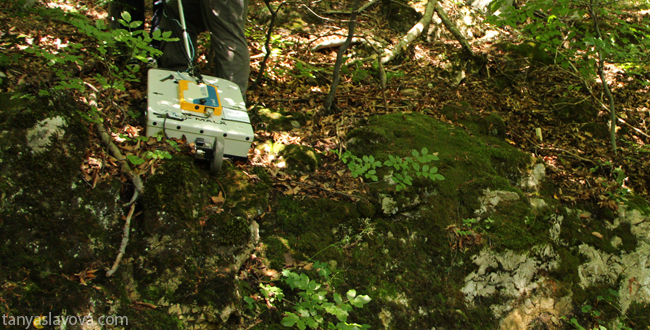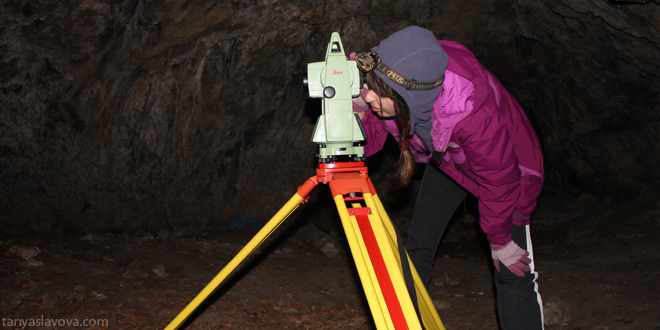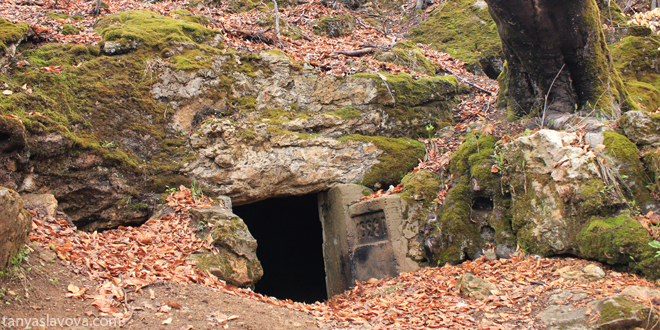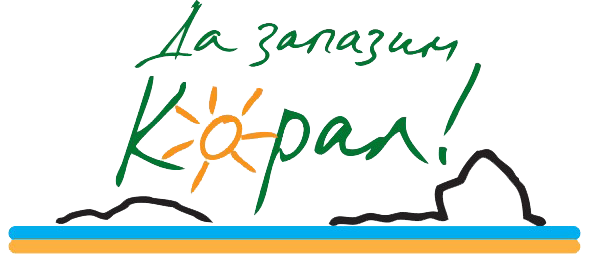Practical Geophysical Methods of Cave Detection
Atanas Rusev, Tanya Slavova
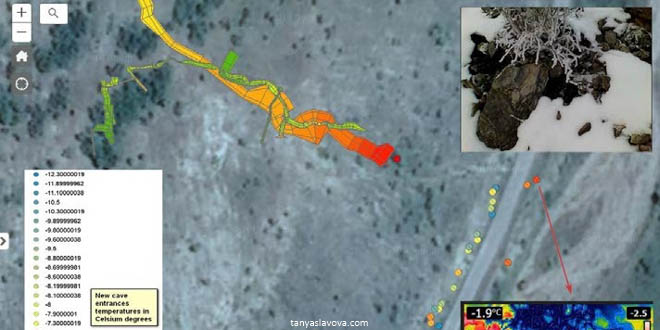
Geophysical methods of cave detection have, to date, reaped few positive results in finding new caves. As and report, however, this isn't inevitable. Here they describe cave detection, using ground-penetrating radar, magnetometry, gravimetry and infrared imaging, and illustrate the techniques with case studies showing the discovery of new caves and entrances.
Please contact me for any additional information.
Multi-sensor Cave Detection
Tanya Slavova & Atanas Rusev
Caves are important for a wide variety of work fields, ranging from construction engineering to mineral exploration and archaeology. Despite their scientific importance, geologists expect that only a relatively small number of caves have been discovered so far. Current exploration efforts are mainly done by speleologists, but this is a time-consuming activity and limited to exploration based on existing surface openings. The authors of this article show that the combination of multiple geophysical techniques provides an easier and effective on-surface exploration method that meets the challenges of complex karst environments.
Underground Cave Detection by Gravimetry
Abstract of Dissertation
Tanya Slavova
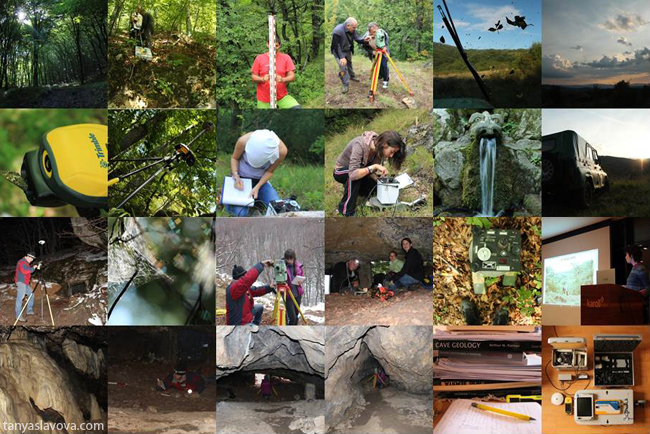
Both natural and man-made underground cavities are features that could give the answers to variety of questions. This dissertation is dedicated to both colleagues in geodesy and a broad range of other scientists and explorers. The results are of interest for specialists in speleology, geology, geomorphology, hydrogeology, mineralogy, biology, archeology, etc., and that is what defines the multidisciplinary significance of the problem.
Using GPR for Cavity Detection in the Vicinity of Duhlata Cave
Atanas Rusev, Tanya Slavova, Rangel Gyurov
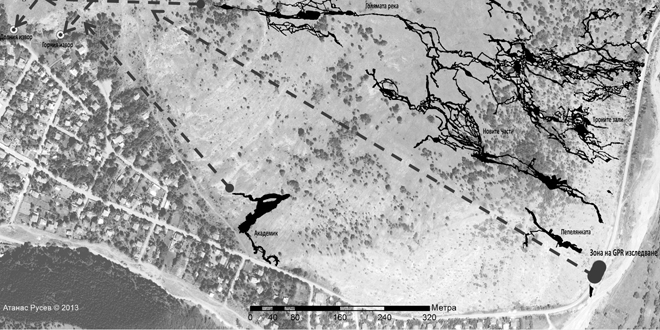
Duhlata cave is the longest (18 km in length) cave in Bulgaria, located in Bosnek karst area. Its 8 underground rivers flow is several times less than the surface springs flow, and probably more underground rivers and cave galleries are still undiscovered. For many years in Pepeliankata cave, located nearby, have been made attempts to discover its lower levels and to penetrate in new cave galleries and underground rivers that also stems from the same springs. Ground Penetrating Radar is used, for the first time in Bulgaria, to locate new cave entrances and galleries close to the surface, nearby Peleiankata Cave. Several possible new cave entrances and a cave room were located after analyzing results from the GPR’s radagrams.
Balkan Speleological Conference, Sofia, 2014
Mapping the Zhivata Voda Cave (The Living Water), Bosnek Karst Region
A Tale About the Living Water and Gravimetry
Spatial Cave Mapping in Bulgaria
Tanya Slavova, Atanas Rusev, Asparuh Kamburov
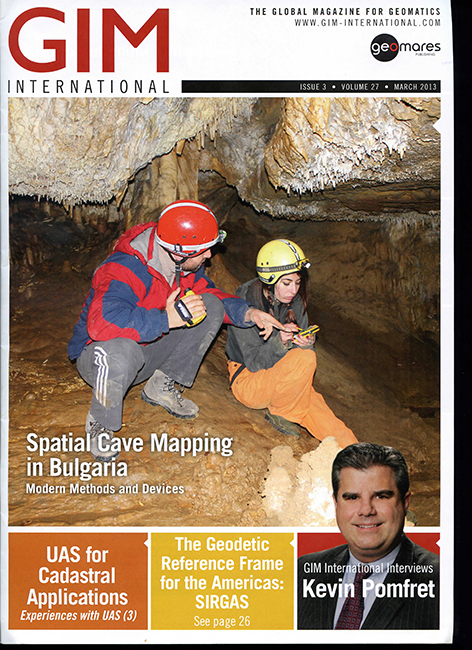
Caves are natural underground spaces formed and shaped over millions of years. Usually part of bigger caverns, they give a first-hand view of water, biology, oil and other subsurface distributions as well as a glimpse of the past when they perhaps offered a shelter or sanctuary. Therefore, when exploring a cave, it is useful to not only collect geometric information such as gallery dimensions and directions but also to take photographs and notes of any specific features of interest. Since safe storage, easy management and proper representation of spatial data can be difficult using traditional methods, these are all key requirements in the search for modern solution.
Modern Methods and Devices for Mapping Underground Galleries and Natural Caves
Eng. Tanya Slavova
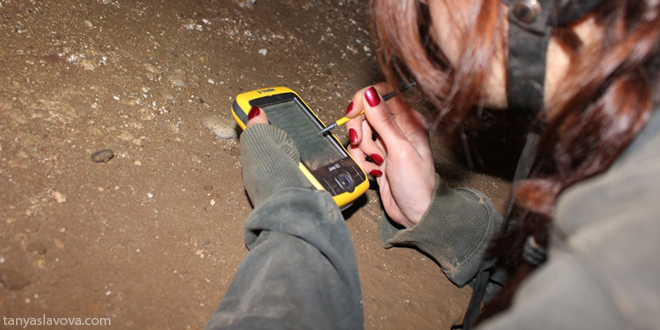
Abstract: It is made a review of the classical techniques and devices used for mapping underground galleries and natural caves. A new method is supposed and realized by the means of modern technologies in the Pepelyankata cave nearby the village of Bosnek, Pernik Province.
A GPS receiver is used to determine the coordinates of an initial point, which accuracy is later improved by postprocessing. Another device - a combination between a laser rangefinder, a compass and an inclinometer, is used to measure the polygon and certain points inside the cave. All of the measurements are transferred wirelessly to a PDA device and represented by a suitable field software with GIS capabilities. Some other data, including photos made by the PDA’s integrated camera, is collected as an additional attribute information about the points.
Back in the office, it is built-up a TIN model to define the main direction of the cave, its surface, volume and other morphological features. It is also compared with the results of a previous mapping of the cave which is done by other means, to figure out the advantages and disadvantages of the supposed method. The model is also drawn on an orthophoto map of the region in order to find relations between the geological features of the ground and cave’s morphology.


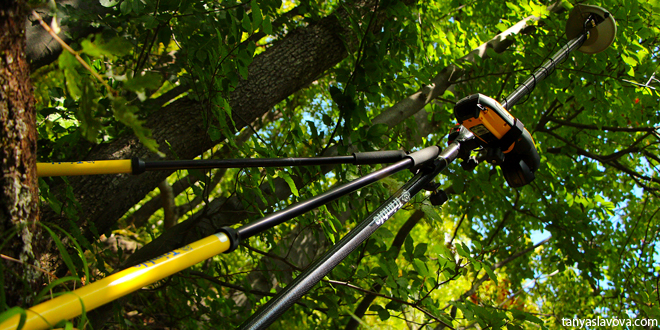 The article is available only in Bulgarian
The article is available only in Bulgarian 